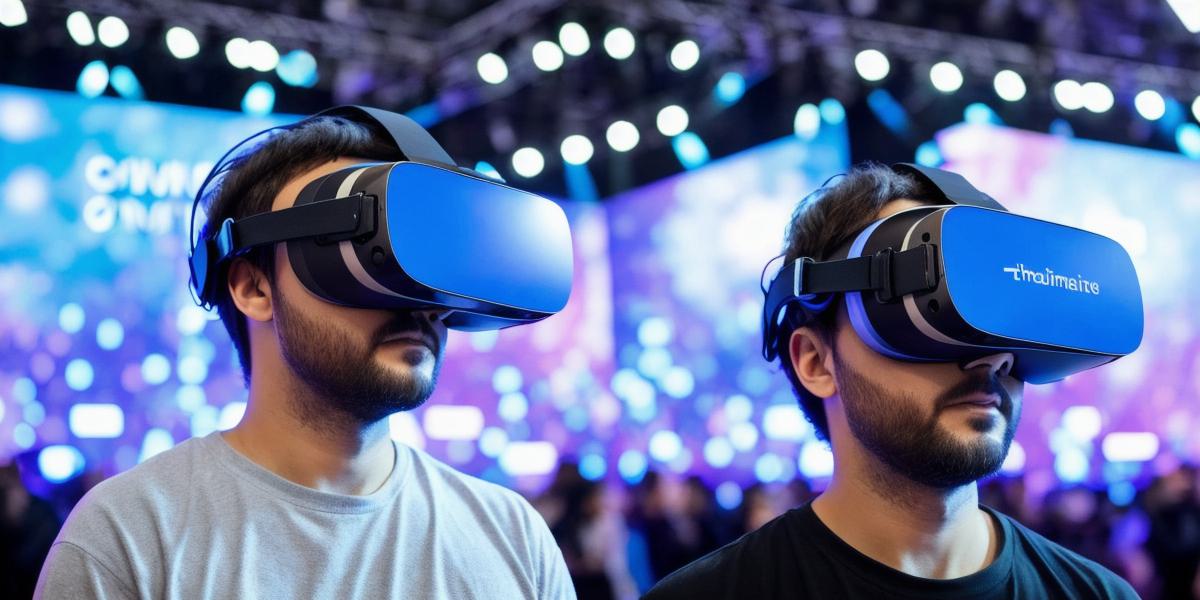Are you ready to enter a world where reality and imagination merge? Simulated reality (SR) is an emerging technology that creates immersive experiences in a virtual environment. It’s a digital representation of the real world, but with added elements such as artificial intelligence, haptic feedback, and more. In this article, we will delve into what simulated reality is, how it works, and its potential applications.
What is Simulated Reality?
Simulated reality can be defined as a computer-generated environment that replicates real-life scenarios in a virtual world. It’s designed to provide users with an interactive experience that simulates the look, feel, and behavior of the physical world. SR technology has advanced significantly over the past few years, and it’s now possible to create highly realistic simulations of almost anything, from cityscapes to space travel.
How does Simulated Reality work?
Simulated reality works by using a combination of sensors, cameras, and computer algorithms to capture data about the physical world and create a digital representation of it. The technology is constantly evolving, but some of the key components include:
- Sensors: These devices are used to collect data from the physical environment, such as temperature, humidity, light levels, and more.
- Cameras: These are used to capture images of the physical world, which are then fed into the SR system.
- Computer algorithms: These process the data collected by the sensors and cameras and use machine learning techniques to create a highly realistic virtual environment.
- Haptic feedback: This is a technology that provides users with tactile feedback in the virtual world, such as vibrations or pressure changes.
Potential applications of Simulated Reality
Simulated reality has many potential applications across various industries. Some of the most promising include:
- Training and education: SR can be used to create highly realistic simulations for training and education purposes. For example, medical students can practice surgeries in a virtual environment, or pilots can train in a simulated cockpit.
- Entertainment: SR is already being used in the entertainment industry to create immersive gaming experiences. It’s also being used in movies and TV shows to create realistic special effects.
- Tourism: SR can be used to create virtual tours of famous landmarks, allowing people to experience them from the comfort of their own homes.
- Real estate: SR can be used to create virtual walkthroughs of properties, allowing potential buyers to see what a property looks like before making an offer.
- Simulation science: SR is also being used in simulation science to study complex systems such as weather patterns and natural disasters.
Real-life examples of Simulated Reality
There are many real-life examples of simulated reality, some of which include:
- The Holodeck: A virtual reality device that was featured in the Star Trek franchise. It creates a fully immersive experience, allowing users to interact with holographic characters and objects.
- The Oculus Quest 2: A virtual reality headset that allows users to enter a virtual world and interact with it using hand gestures.
- Google Earth VR: A virtual reality app that allows users to explore the world in a highly immersive way.
FAQs
Q: What is the difference between simulated reality and virtual reality?
A: Simulated reality refers to a computer-generated environment that replicates real-life scenarios in a virtual world. Virtual reality, on the other hand, is a broader term that refers to any technology that creates an artificial environment that can be experienced through a headset or other device.
Q: How do I get started with simulated reality?
A: There are many ways to get started with simulated reality, depending on your interests and budget. Some options include purchasing a virtual reality headset or using free online simulations.
Q: What are the potential risks of simulated reality?
A: While simulated reality is a fascinating technology, there are some potential risks that should be considered, such as addiction and the blurring of reality. It’s important to use SR responsibly and in moderation.
Conclusion
Simulated reality is an intriguing concept
